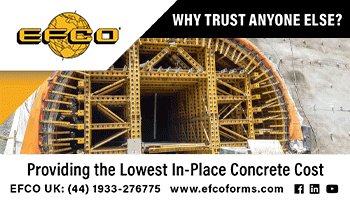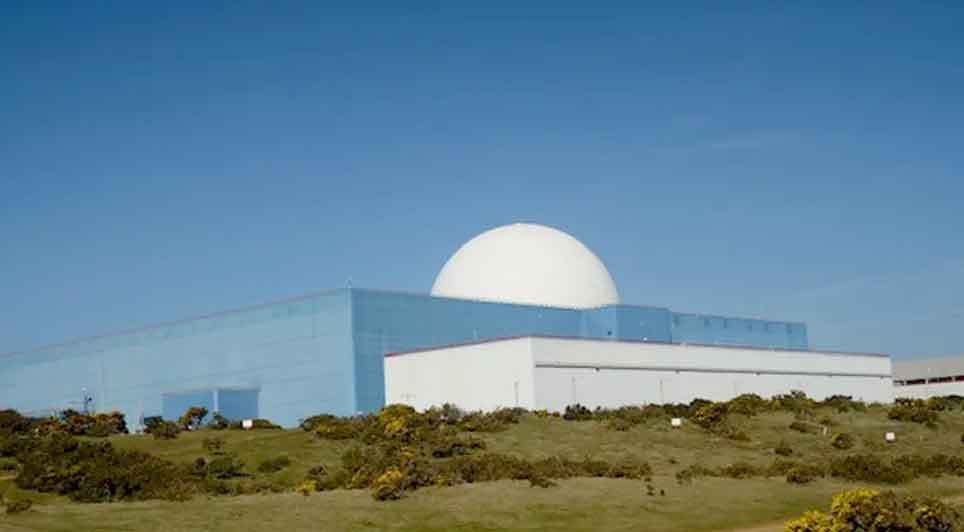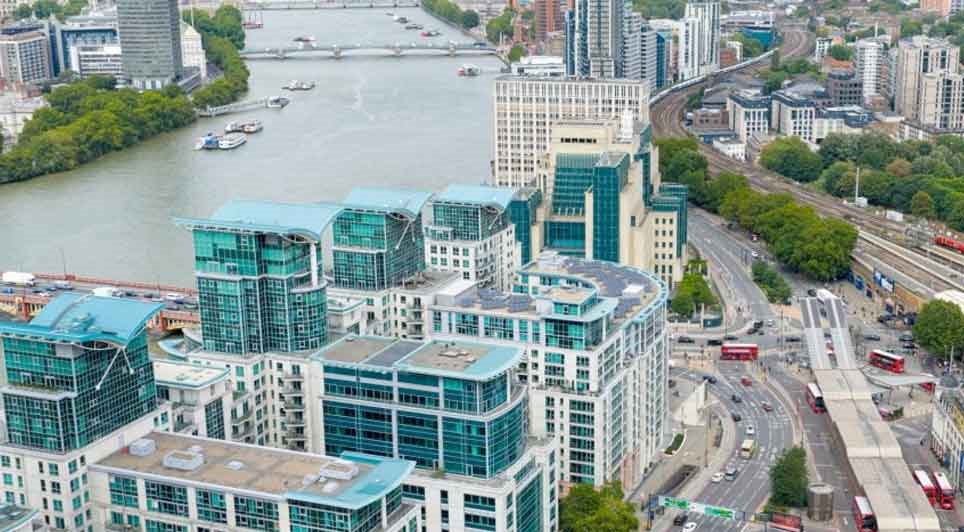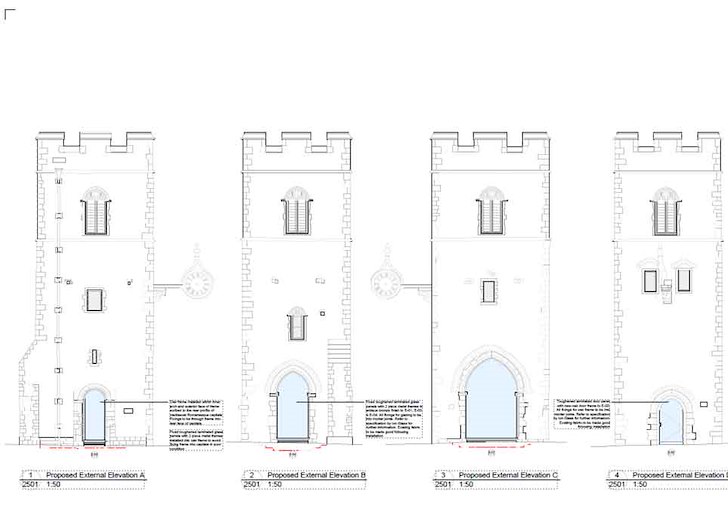Various cost saving measures are being constantly implemented by organisations in an attempt to keep themselves afloat during the global economic downturn. What many businesses don’t know about, though, is that dry risers are one of these cost cutting measures. It's not about saving money in the conventional manner, however, it’s about providing you with the opportunity to launch some pre-emptive strikes.
What is a Dry Riser?
A dry riser is a system of pipes that link up to a building's sprinkler system. It has another inlet pipe situated outside the building where fire engines can get a direct influx of water to help tackle any fires. These dry risers utilise compressed air, when not in use, to keep the water out whilst allowing it in when the sprinklers open up. It can be used to transport water quickly and easily through buildings up to 60 metres in height.
Saving Lives
The most obvious benefit of a dry riser for any company is the fact that you are able to save lives. Now, this really does relate to the saving of costs. Whilst losing a life in a fire is a tragic occurrence it’s even more damaging to deal with the law suit that’s going to arise afterwards. When lives are lost it can mean that expensive legal cases have to be conducted, and the chances are high that the company who owns the building will lose. Then it’s the legal costs, as well as any fines, that have to be covered by them. If the fire was eliminated then none of this would have happened.
Insurance Premiums
Insurance premiums are a hidden cost that many people take for granted. When looking at various cost cutting measures the insurance policy is normally left well alone. If, instead, they decided to slash the premiums then they could save a lot of money. Installing a dry riser within the building can provide you with those vital cuts to your insurance premiums.
When an insurance broker is evaluating exactly how much a company needs to pay for their insurance policy, in relation to their building and its contents, they will look at the risk factor. Higher risks command higher premiums, whereas lower risks will reduce the premiums. As long as you can lower the risk then these figures are going to be revised downwards.
The implementation of a dry riser system will reduce the risk of a fire because smaller fires are going to be detected by the system earlier. These can be put out immediately, which reduces the risk of damage to the building. Understandably, since the chances of the insurance broker paying out an arm and a leg for the replacement of the building is much lower they will reward the company with lower premiums on their insurance policy.
Protect the Building
It's also worth mentioning that the building and everything within it is protected from destruction. Ok, it's true that these are probably all covered by various insurance policies, so you won’t actually be paying out to replace anything. The fact is, however, that the impact on the business in the event of a fire is catastrophic.
Putting the workplace out of action for any length of time is lost income. It’s impossible for you to function without a workspace and all your files. Months can go by before a whole building and the contents within are replaced. The insurance broker will pay out for all these things, but don’t expect them to do it at speed. A temporary solution is not always available, so don’t bank on a quick resolution if a fire isn’t destroyed by a dry riser system before it can wreak havoc.
Interested in installing a dry riser? Contact Nationwide Dry Risers
 UK
UK Ireland
Ireland Scotland
Scotland London
London





















